

- Lighting Solutions
- Expertise
- Products
- Company
- News & Events


In an era defined by experience-driven retail, lighting has evolved from a passive infrastructure into an intelligent enabler of engagement, efficiency, and environmental strategy. Retailers face increasing pressure to deliver immersive, flexible spaces that drive footfall and align with ESG commitments— while maintaining operational agility and cost control.
This paper explores how intelligent lighting systems—integrated via standards such as DALI and BACnet, and increasingly powered by AI—can serve as critical infrastructure for modern retail estates. Beyond illumination, these systems can support predictive maintenance, real-time energy optimisation, and dynamic ambience tuning tailored to consumer behaviour.
SELF Electronics offers a pragmatic perspective on the role of lighting in unlocking value across CapEx, OpEx, and brand storytelling. By aligning smart lighting with commercial priorities and sustainability goals, retailers can future-proof their spaces and turn compliance into competitive advantage.
Every luminaire becomes a data point. Integrating DALI or BACnet networks with AI engines and building management systems yields insights on occupancy, thermal comfort and energy demand. But success hinges on robust data governance. Without clear ownership, standardised protocols and cyber-security measures, data can become siloed or insecure
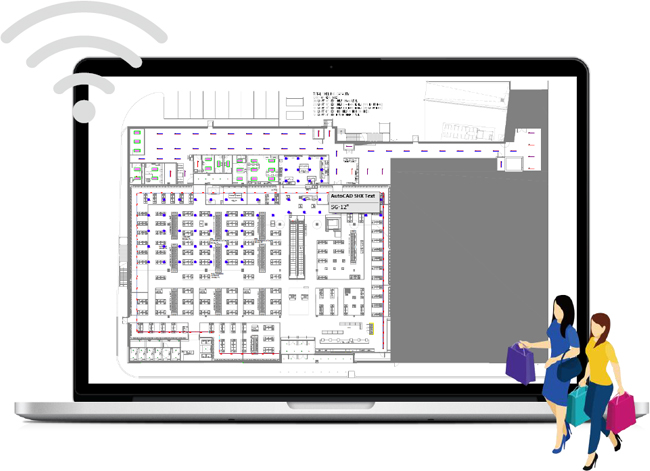
By building lighting networks with data, governance and security at their core, retailers position themselves to scale real-time optimisation, predictive services and seamless omnichannel experiences.



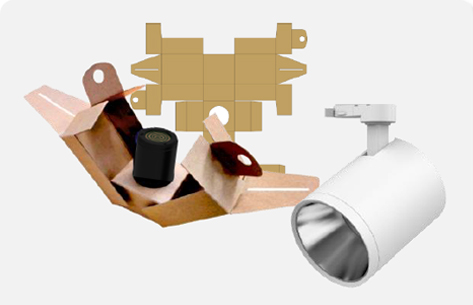
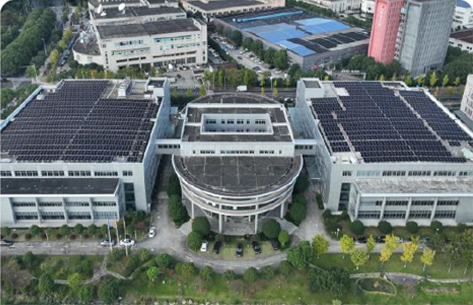

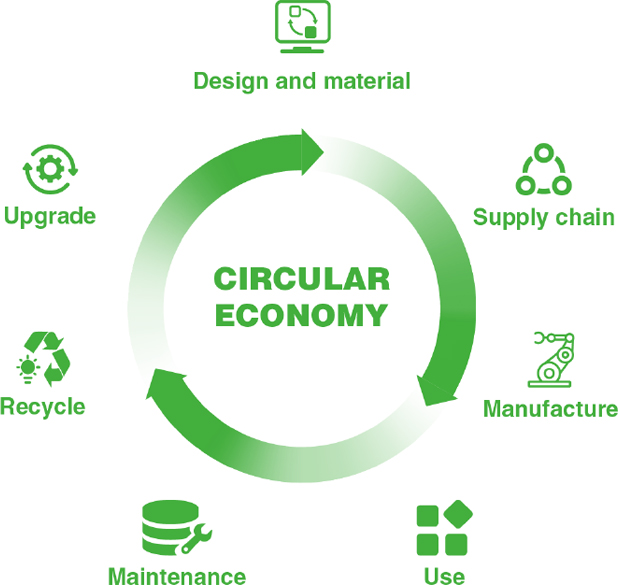
A deliberate, phased approach minimises disruption while maximising learnings.
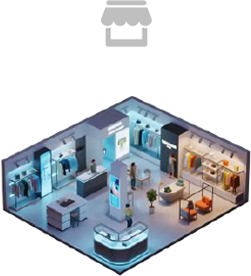
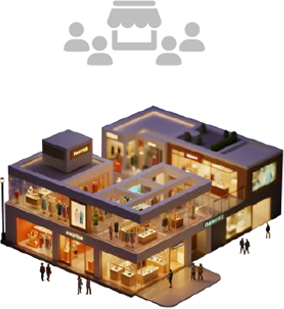
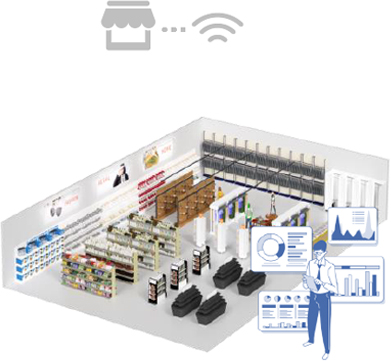

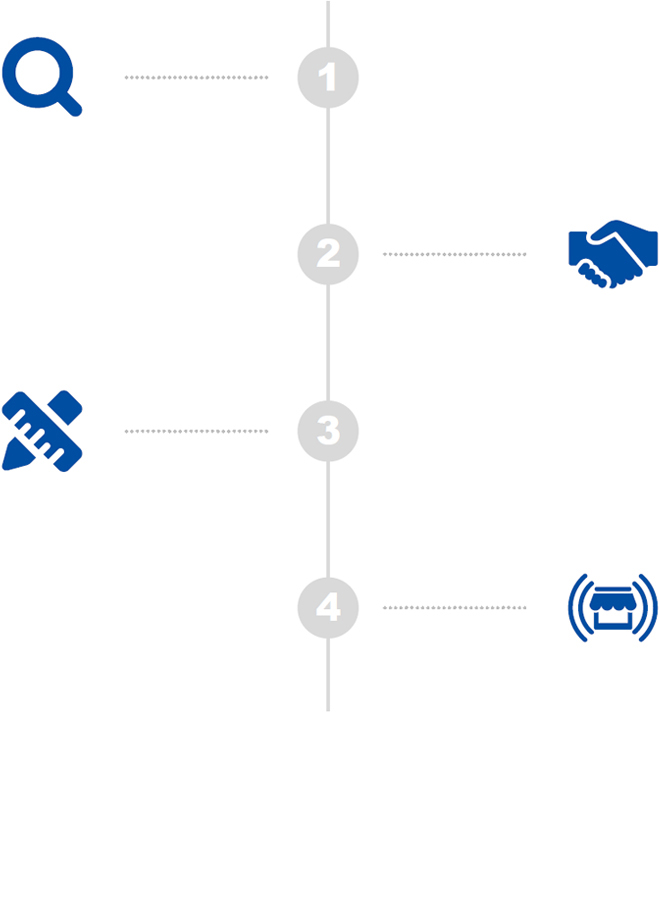
True transformation lies in recognising lighting as a living, learning system rather than a static expense. When retailers embed data governance, sensory science and sustainability at every stage—from specification to operation—they create environments that adapt, engage and endure.
SELF Electronics stands beside you in this journey. We marry deep technical expertise with retail strategy to pilot pioneering solutions, mitigate risks and amplify returns. Together, we can illuminate not just your stores, but a future where retail lighting drives both commercial success and planetary stewardship.